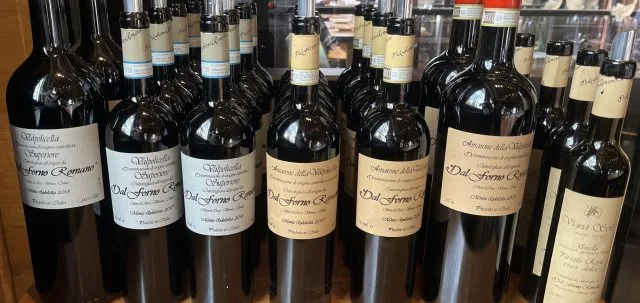Despite widespread flooding, mudslides and other catastrophic damage from the back-to-back atmospheric rivers that have been pummeling California this past week, water managers are still ringing alarm bells over the lack of snowpack in the Sierra Nevada, a critical water source for the state. As of Thursday, the Golden State’s snowpack stood at 75% of average for the date.
California, however, is far from alone in its snow woes. The entire American West has been plagued by unseasonably warm temperatures and rain that melts snow, compounding what the National Oceanic and Atmospheric Administration (NOAA) has been referring to as a “snow drought.”
As of Sunday, 78% of snow monitoring stations in the West measured below normal snowfall. Oregon’s snowpack got a bit of a boost from the storms, but it still sits at just 74% of normal for this time of year. In Washington State, this snow drought is far worse—some of the worst conditions in the nation—with much of the western part of the state receiving almost half of its average snow water equivalent.
The repercussions will stretch far beyond mountain ski slopes down to the region’s vineyards. Here’s how.
From Water to Wine
It’s no secret that crops—even drought-tolerant grapes—need water. But while it may seem like any precipitation will do the trick, farming requires a complex balance of rain and snow.
Precipitation is caught in two ways: groundwater and surface water. Groundwater is absorbed through the soil, where it seeps into permeable rock shelves that form
This Article was originally published on Wine Enthusiast






